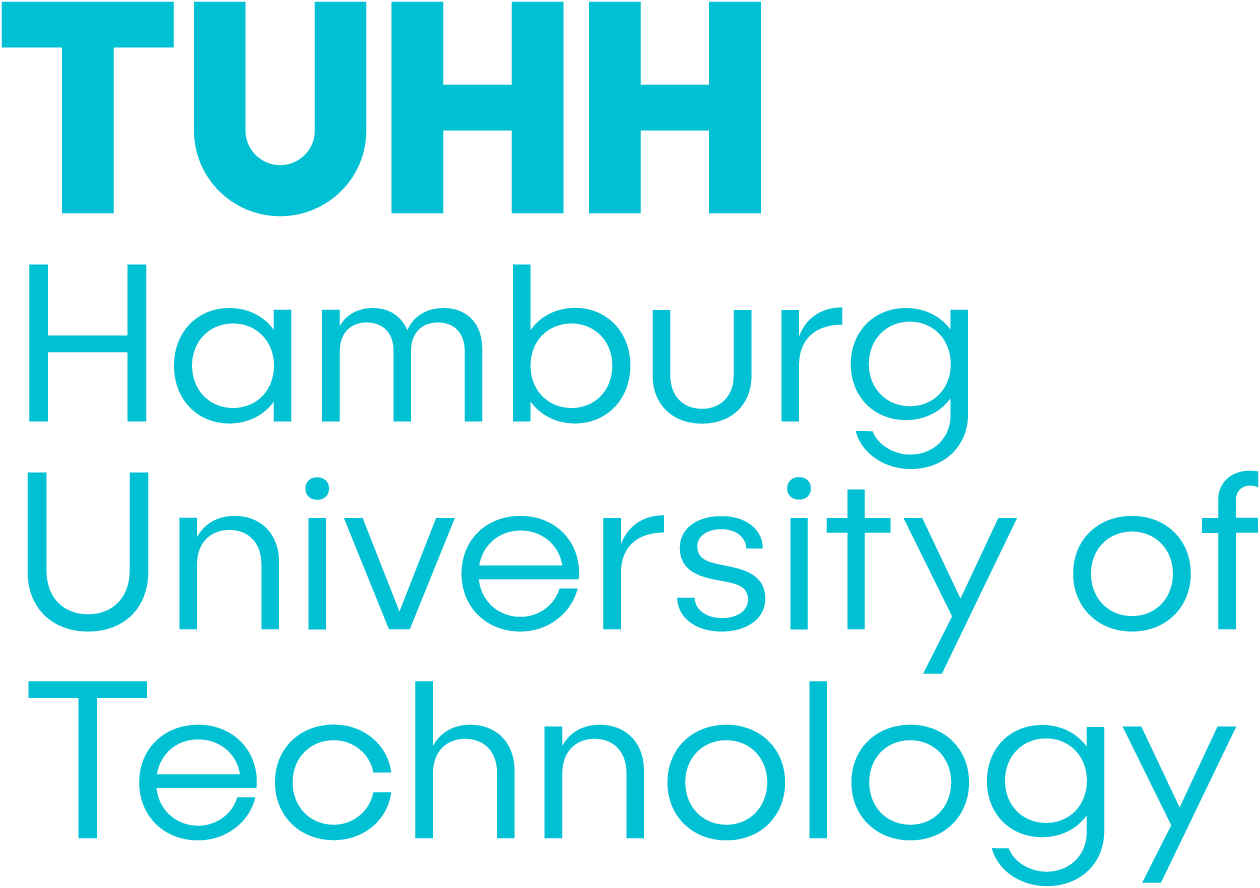Bioelectromagnetics: Principles and Applications
Prof. Christian Schuster, Winter Term, in German or English
Students learn to explain the basic principles, relationships, and methods of bioelectromagnetics, i.e. the quantification and application of electromagnetic fields in biological tissue. They can define and exemplify the most important physical phenomena and order them corresponding to wavelength and frequency of the fields. They can give an overview over measurement and numerical techniques for characterization of electromagnetic fields in practical applications . They can give examples for therapeutic and diagnostic utilization of electromagnetic fields in medical technology.
Specifically students learn to apply various methods to characterize the behavior of electromagnetic fields in biological tissue. In order to do this they can relate to and make use of the elementary solutions of Maxwell’s Equations. They are able to assess the most important effects that these models predict for biological tissue, they can order the effects corresponding to wavelength and frequency, respectively, and they can analyze them in a quantitative way. They are able to develop validation strategies for their predictions. They are able to evaluate the effects of electromagnetic fields for therapeutic and diagnostic applications and make an appropriate choice.

